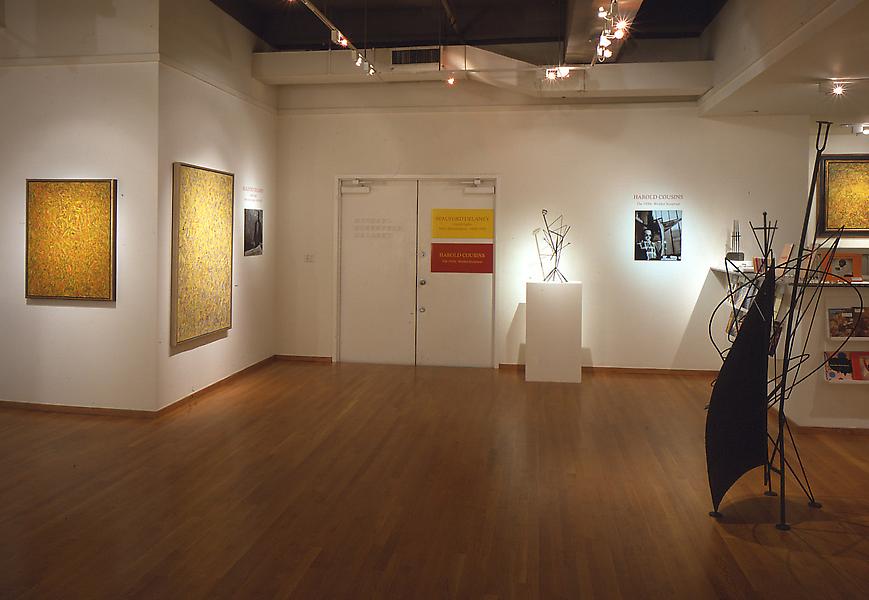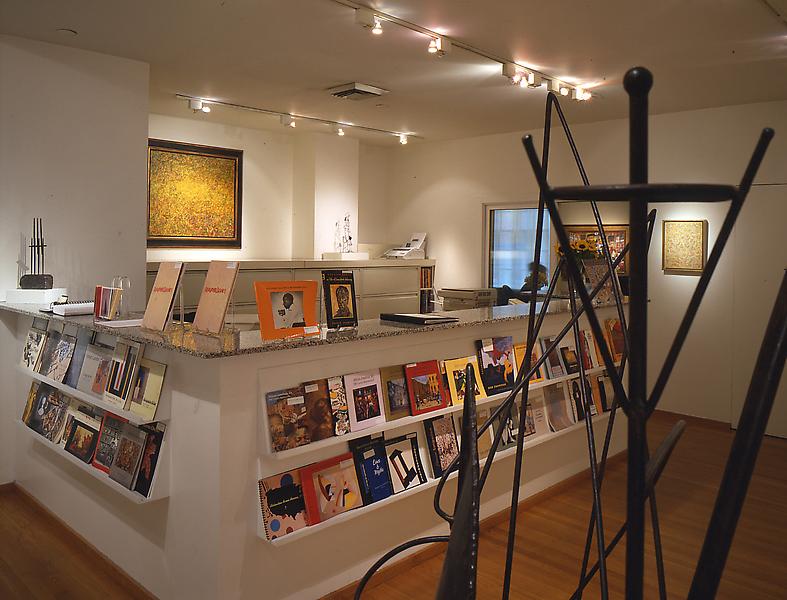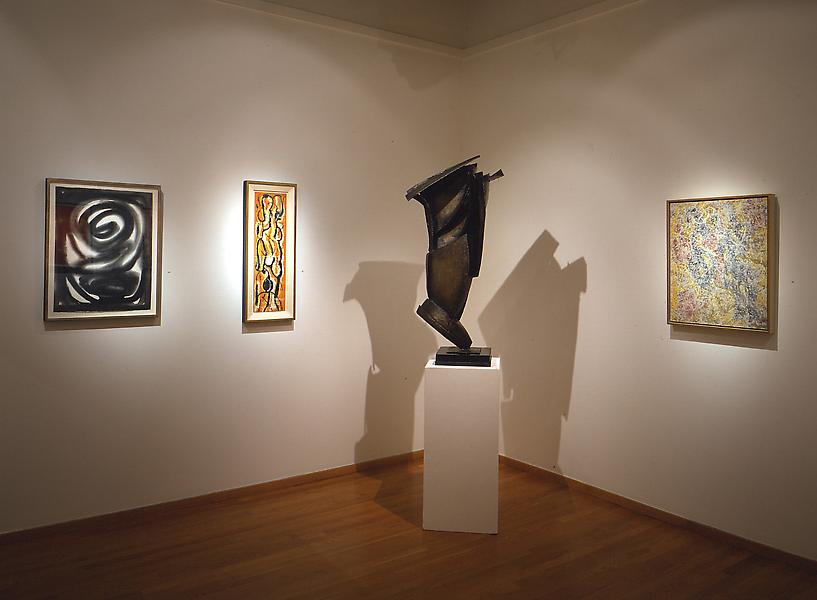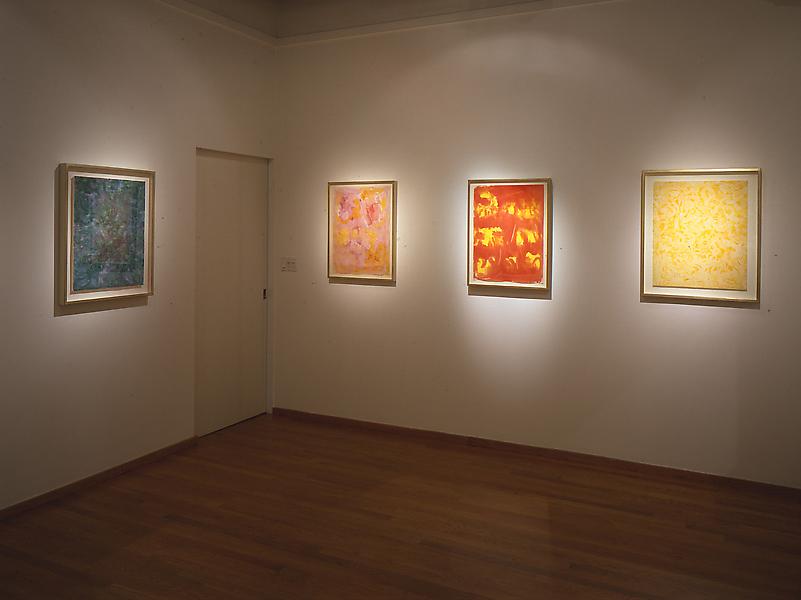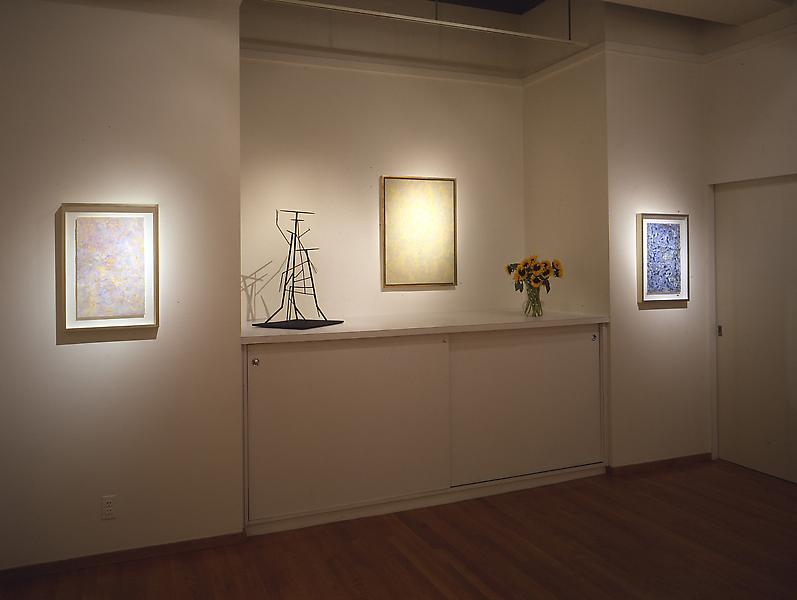Harold Cousins, born in Washington, DC, studied at Howard University where he was influenced by the writings of Alain Locke. After serving in the United States Coast Guard during World War II, Cousins returned to Washington, DC in 1946 to work as a postal employee and begin art studies. In 1948, Cousins moved to New York City and studied at the Art Students League with sculptor William Zorach and painter Will Barnett. In 1949, with the assistance of the GI Bill, Cousins left the United States and made his home in Paris, where he studied with the modernist sculptor Ossip Zadkine at the Academie de la Grande Chaumiere. He became a member of the European avant-garde and formed friendships with European artists including Karel Appel and Corneille and American expatriates including Herbert Gentry and Beauford Delaney.
September 10 – October 30, 1999
Artists
Press Release
Cousins's work developed from figurative forms in terracotta and wood to abstractions of welded steel. He was interested "in the form of the empty space between the solid elements and the empty space surrounding the sculpture." In the early 1950s he learned the technique of oxygen-acetylene welding from Japanese-American sculptor Shinkichi Tajiri and in 1957, Cousins began creating "plaitons", a term he coined to define his sculpture of repetitive metal plates in similar size and form welded together in a predetermined order. Cousins had his first of many Paris exhibitions at Galerie Huit in 1950 and his first major exhibition of welded metal sculpture in 1954 at Galerie Raymond Creuze. Cousins lived in Paris until 1967 before moving to Brussels where he lived for the remainder of his life. Cousins completed numerous public commissions and exhibited actively in gallery and museum exhibitions across Europe but, it was not until the 1996 traveling exhibition, Explorations in the City of Light: African-American Artists in Paris, 1945-65, organized by The Studio Museum in Harlem that Cousins’s work was exhibited in the United States.


